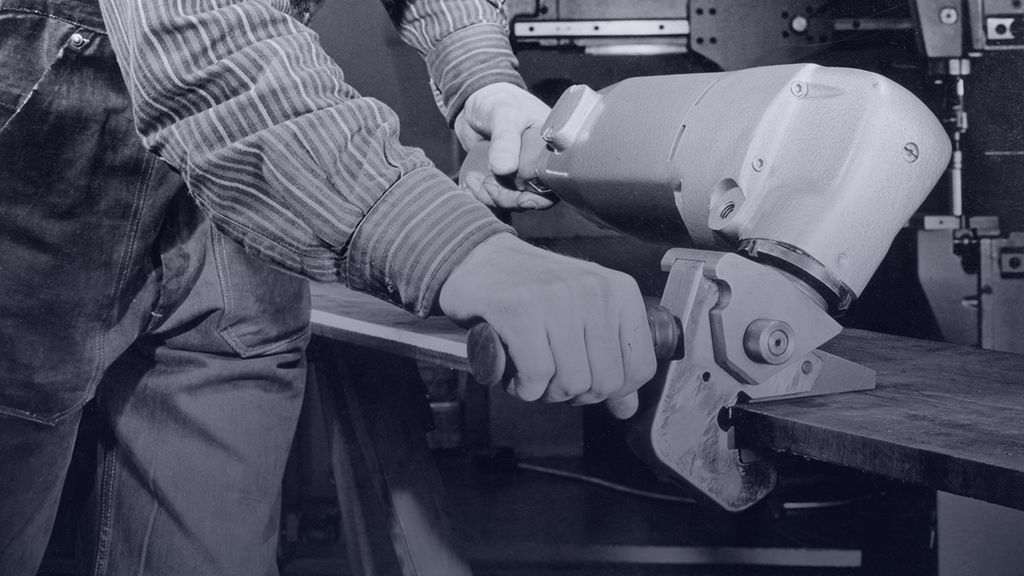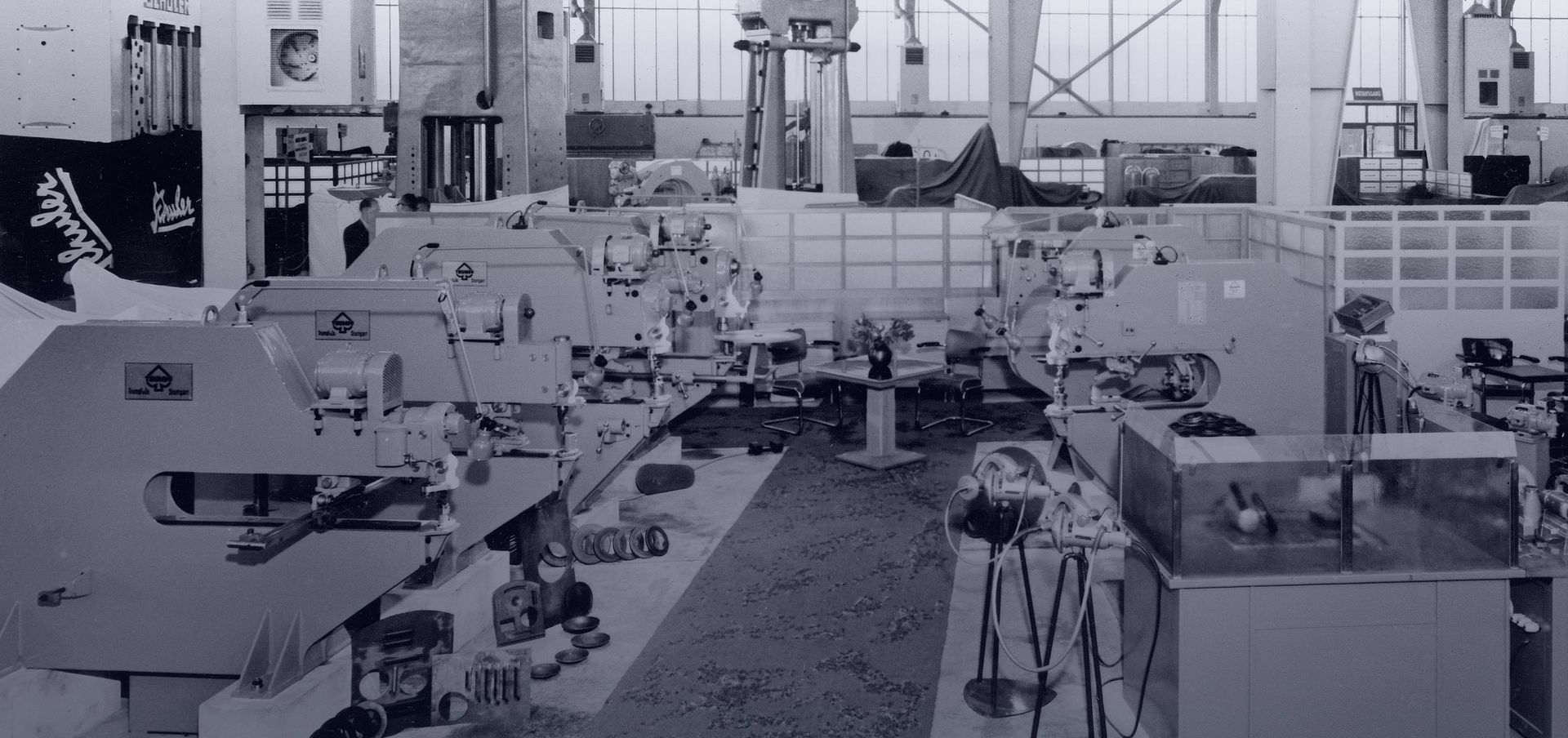
Stationary machines establish themselves
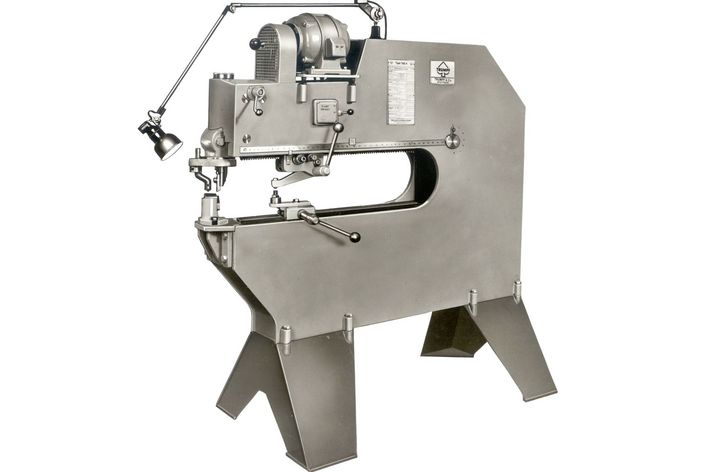
1950
The company has 145 employees and makes its first million in turnover. The TAS 4, the first TRUMPF curve shears model with adjustable stroke, is built. The stationary machines lead to the company's expansion and internationalisation.
In August 1950, Berthold Leibinger begins his training at the company of his godfather, Christian Trumpf. His apprenticeship pay is DM 65 per month.
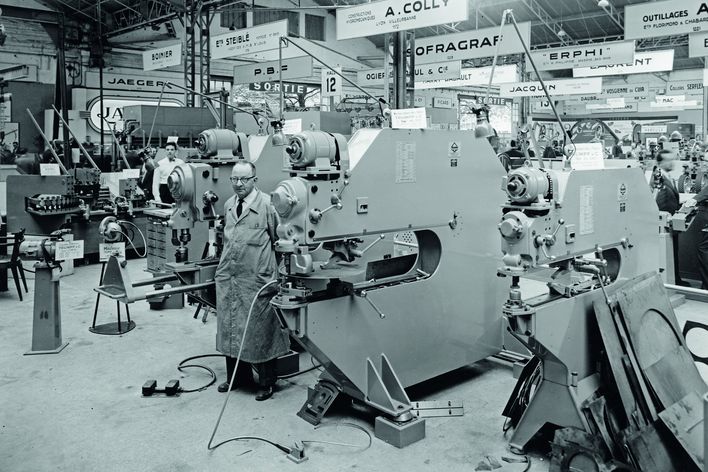
1953
TRUMPF now appears at international trade shows and starts building its customer base abroad. The curve shears are sold successfully all over the world. This necessitates a second production site. Hugo Schwarz becomes a shareholder and commercial director. He holds this position within the company until 1978.

Hugo Schwarz becomes a shareholder and commercial director. He holds this position within the company until 1978.
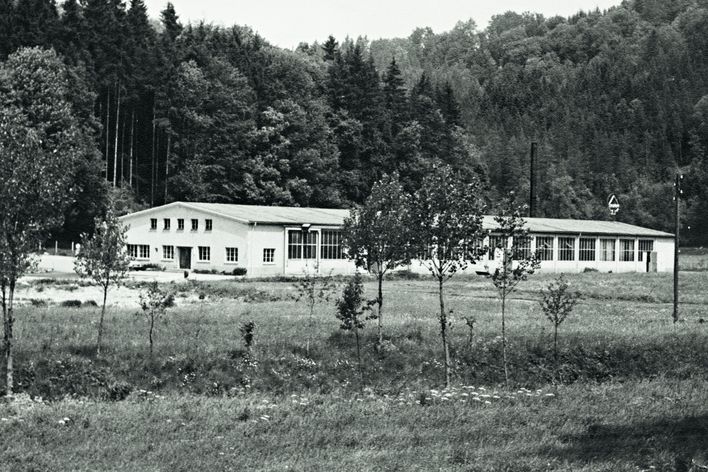
1955
With around 460 employees, Hettingen is nowadays a key hub in the production network of the TRUMPF Group and is considered the centre of excellence for powerful punching machines. It also produces laser processing machines and parts/assemblies for laser processing machines.
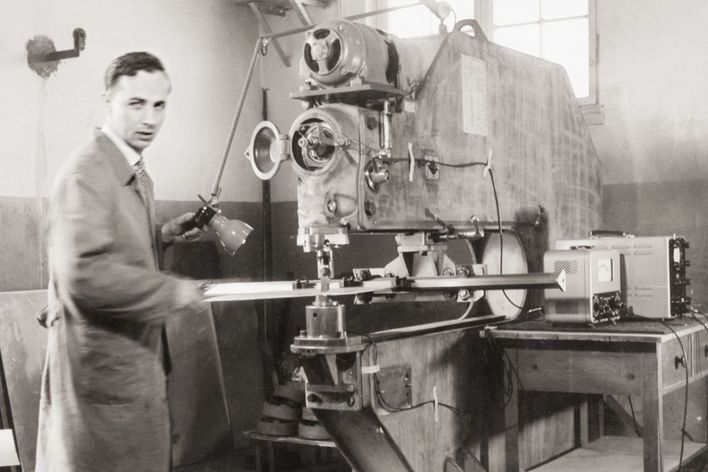
1956
In 1956, Berthold Leibinger begins an experimental diploma thesis at TRUMPF and deals with improving the cutting process for curve shears. After receiving his diploma certificate from the University of Stuttgart in 1957, Leibinger works at TRUMPF until 1958, when he takes up a position at the Cincinnati Milling Machine Company in Cincinnati, Ohio, USA, which at the time is the world's largest machine tool manufacturer.

1957
TRUMPF patents the coordinate guide for sheets: It is the starting point for the NC control, which will soon be used on all machine tools. This technical development eliminates the need for the machine operator to manually guide the sheets and enables cutouts and contours to be nibbled (continuous punching) down to the millimetre. The coordinate guide is the first step towards numerically controlled feed motion.


